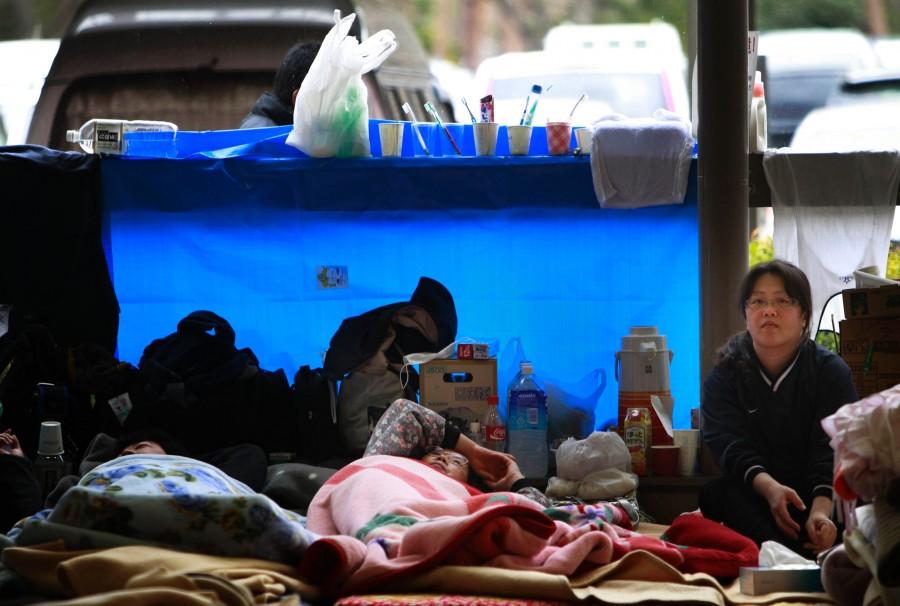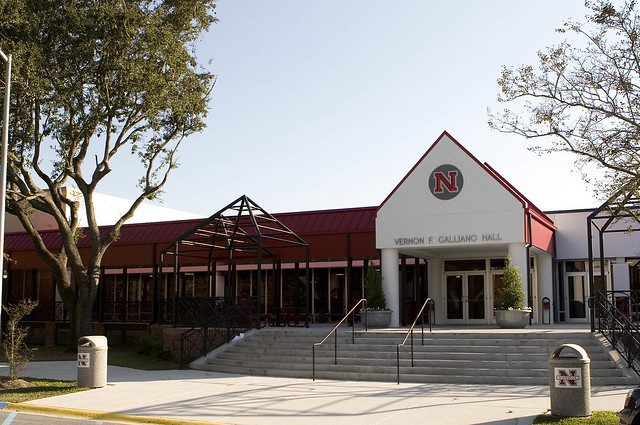WASHINGTON (AP) — The U.S. government is sending some robotic help to Japan to help regain control of the tsunami-damaged nuclear plant.
A top Energy Department official told a Senate panel Tuesday that a shipment of “radiation hardened robotics” will be sent to Japan to assist in the crisis. A department spokeswoman said a robotic device from the Energy Department’s Idaho National Laboratory is being shipped to Japan along with several radiation-hardened cameras.
Peter Lyons, an acting assistant energy secretary, said Japanese officials were “very, very interested” in learning more about the capabilities of U.S robots. The United States is also sending robot operators who would be used to train Japanese operators, Lyons said.
Robots with electronics built to withstand radiation could presumably work in areas where radiation levels would harm or even kill a person. Workers at the stricken Fukushima Dai-ichi plant have been exposed to high levels of radiation and burned.
Stephanie Mueller, a spokeswoman for the Energy Department, said remote-controlled robotic machines have been used to conduct environmental cleanup and other activities in contaminated environments, although not at a compromised nuclear reactor such as the ones in Japan.
The device being shipped to Japan is equipped to provide visuals, radiological surveys and mapping data in areas of the plant that are not accessible to humans due to potential elevated radiation levels that are above recommended safety guidelines.
In addition to the robots, the Energy Department has sent about 40 employees and more than 17,000 pounds of equipment to Japan, Lyons said.,
Meanwhile, U.S. government regulators said they are reviewing a wide range of issues potentially affecting the 104 U.S. nuclear reactors, including their ability to protect against natural disasters and terrorist attacks, respond to complete power blackouts and cope with accidents involving spent fuel.
A top official with the Nuclear Regulatory Commission said that a 90-day review, ordered by President Barack Obama, will include recommendations for possible changes to inspection procedures, licensing review and emergency communications.
Bill Borchardt, the NRC’s executive director for operations, told the Senate Energy and Natural Resources Committee Tuesday that U.S. nuclear plants continue to operate safely.
Progress is being made at Japan’s damaged Fukushima nuclear plant, Borchardt said, but he would not speculate how long it will take to bring the plant under control.
“I really can’t even hazard a guess on how long that will be,” he said.
There are still “a lot of hurdles to overcome” at the Fukushima plant, but “things are headed in the right direction,” he added.
Lyons, who also briefed the Senate energy panel Tuesday, said current information suggests that the Japanese plant is in a “slow recovery” from the accident, but added that long-term cooling of the reactor units and pools is essential.
“A massive cleanup operation obviously remains,” he said.
Lyons downplayed the risk of highly toxic plutonium found seeping into the soil outside the plant
“All operating reactors, whether they start with any plutonium in the fuel or not build up plutonium in the course of operation. So finding plutonium that was derived from either the operating reactors or the spent fuel pools would not be regarded as a major surprise,” he said.
Discovery of plutonium would be a concern if it were in significant levels, Lyons said, but so far reports indicate only trace amounts. “It’s not significant at this point,” he said.














